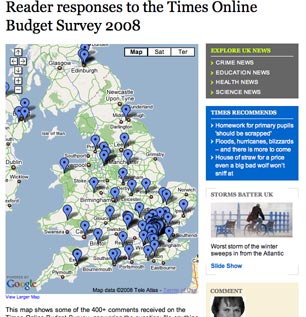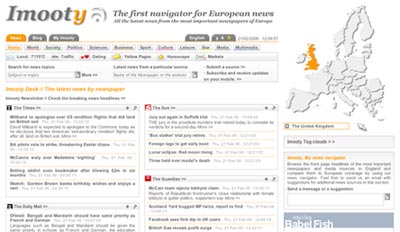 Kristine Lowe is a freelance journalist who writes on the media industry for number of US, UK and Norwegian publications. Today Online Journalism Scandinavia looks again at news sites linking to blogs.
Kristine Lowe is a freelance journalist who writes on the media industry for number of US, UK and Norwegian publications. Today Online Journalism Scandinavia looks again at news sites linking to blogs.
Dagbladet.no, the online operation of Norway’s second biggest tabloid, has become the latest Scandinavian news site to use Twingly to show blog links to articles on the site.
Dagladet.no has been experimenting with Twingly since October last year, but last week announced that Twingly would now become the standard across the site.
However, the online newspaper said that articles dealing with very sensitive issues – those concerning murder, suicide and death – would not not have the technology applied to them.
“Our experiences with Twingly so far are very positive. There are so many interesting things happening in the blogosphere, and we think it is important that our readers can converse in their own rooms and extend the debate about our articles there,” Mina Hauge Naerland, a journalist involved with the implementation, told Journalism.co.uk.
“It’s also very interesting for us to be able to follow those conversations, it helps us improve our journalism.”
Politiken.dk, the news site of one of Denmark’s leading newspapers, started using Twingly a month ago, and the online operations of two of Sweden’s most influential newspapers, Svenska Dagbladet and Dagens Nyheter, have used Twingly for about a year.






